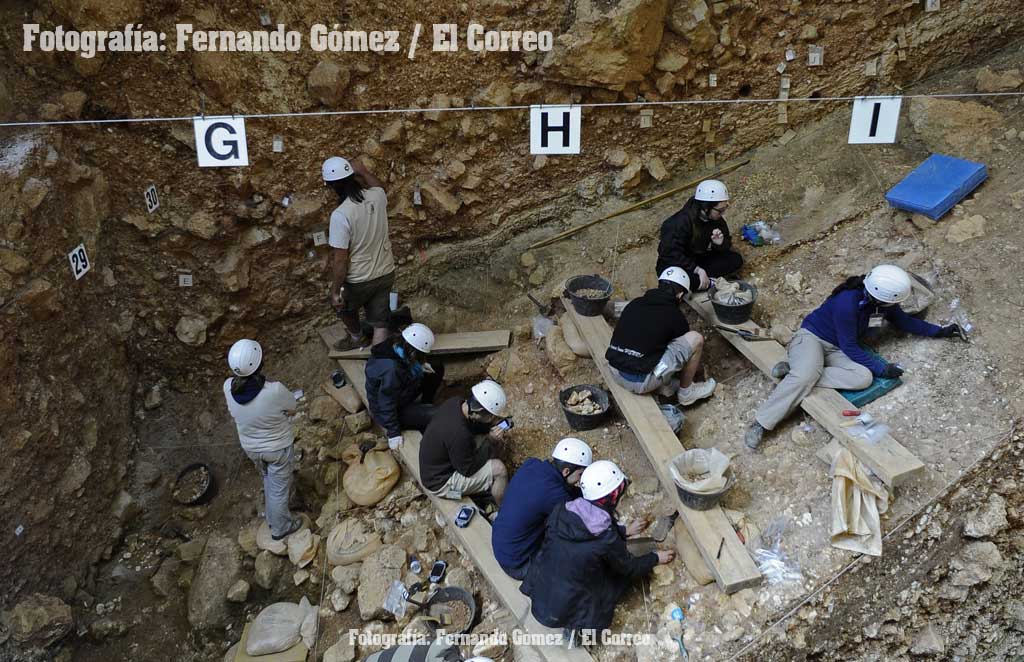This is the most important site in the world for gaining knowledge about human evolution. Atapuerca proposes an exciting journey to view the life of our ancestors. Declared a UNESCO World Heritage Site in the year 2000, it is the world’s premier site for learning about human evolution. The remains of Homo antecessor, over 800,000 years old, were found in Gran Dolina. The discovery of this new human species was based on the remains of the oldest hominids found in western Europe. The Sima de los Huesos contains the greatest number of human fossils of Homo heidelbergensis, or pre-Neanderthal man, dating from around 400,000 years ago. Remains were also found there indicating occupation by Homo sapiens from around 4,000 years ago, and human settlements of Neolithic and Megalithic cultures.
The tour of the sites is made via the Trinchera del Ferrocaril and the Sima del Elefante, the Galería complex and the Gran Dolina, open to visitors. The tour concludes at the Atapuerca archaeological park. The Emiliano Aguirre Archaeology Resource Centre, named for and dedicated to the paleontologist who discovered the full extent of the Atapuerca find, and the Atapuerca Foundation are located in Ibeas de Juarros.










